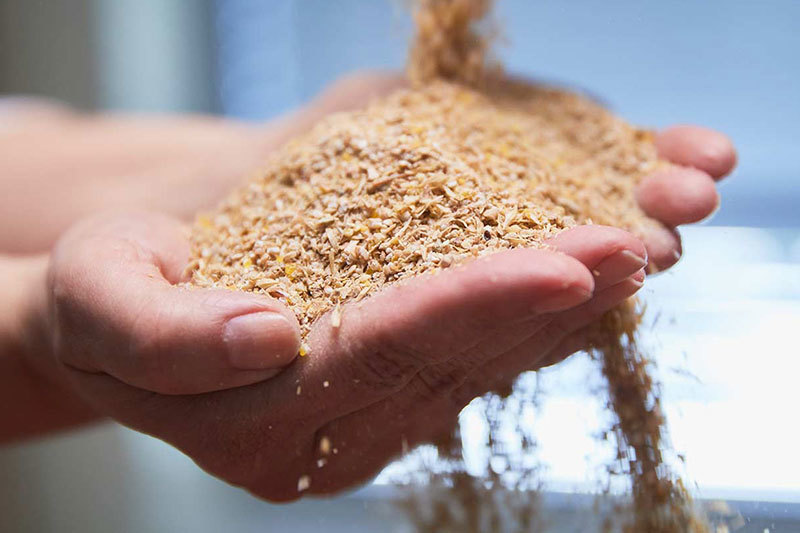What are the main raw materials for feed production?
Release time:
2023-12-13
Oilseed raw materials also play a very important role in feed production, including soybean meal, rapeseed meal, peanut cake and so on. These oilseeds contain high protein and fat and have high nutritional value

1. grain raw materials
Grain raw materials are one of the main raw materials for feed production, mainly including corn, wheat, rice, sorghum and so on. These foods as feed can provide sufficient energy and nutrients for poultry, pigs, cattle, etc., and are one of the most common raw materials in feed production. Among them, corn and wheat are the most commonly used food raw materials, which have high nutritional value and are easy to digest and absorb. They are feed for livestock and poultry.
2. oil raw materials
Oilseed raw materials also play a very important role in feed production, including soybean meal, rapeseed meal, peanut cake and so on. These oils contain higher protein and fat and have higher nutritional value. Among them, soybean meal and rapeseed meal are one of the commonly used oil raw materials. They are rich in protein and minerals, which have a good role in promoting the growth and development of poultry and pigs.
3. aquatic raw materials
Aqueous raw materials also occupy a place in feed production, mainly including fish meal, shrimp skin, shrimp powder and so on. These aquatic raw materials have high protein and amino acid content, which can improve the protein content of feed, increase the nutritional value of feed, and also have a good role in promoting the growth rate and feed utilization rate.
4. other excipients
In addition to the above three main raw materials, some auxiliary materials are needed in feed production to assist in the production, storage and transportation of feed, mainly including corn straw, bran, limestone powder, amino acids, etc. They play an important role in feed production, which can not only improve the quality of feed, but also reduce the cost of feed and improve the utilization rate of feed.
In short, the main raw materials in feed production include grain, oil, aquatic products and other auxiliary materials. The characteristics, uses and ratios of these raw materials need to be reasonably selected and matched according to different species and production requirements to ensure that poultry, pigs, cattle and other animals obtain sufficient nutrition and energy to achieve rapid and healthy growth and development.
Tag:
Previous:
Recommended
Share


